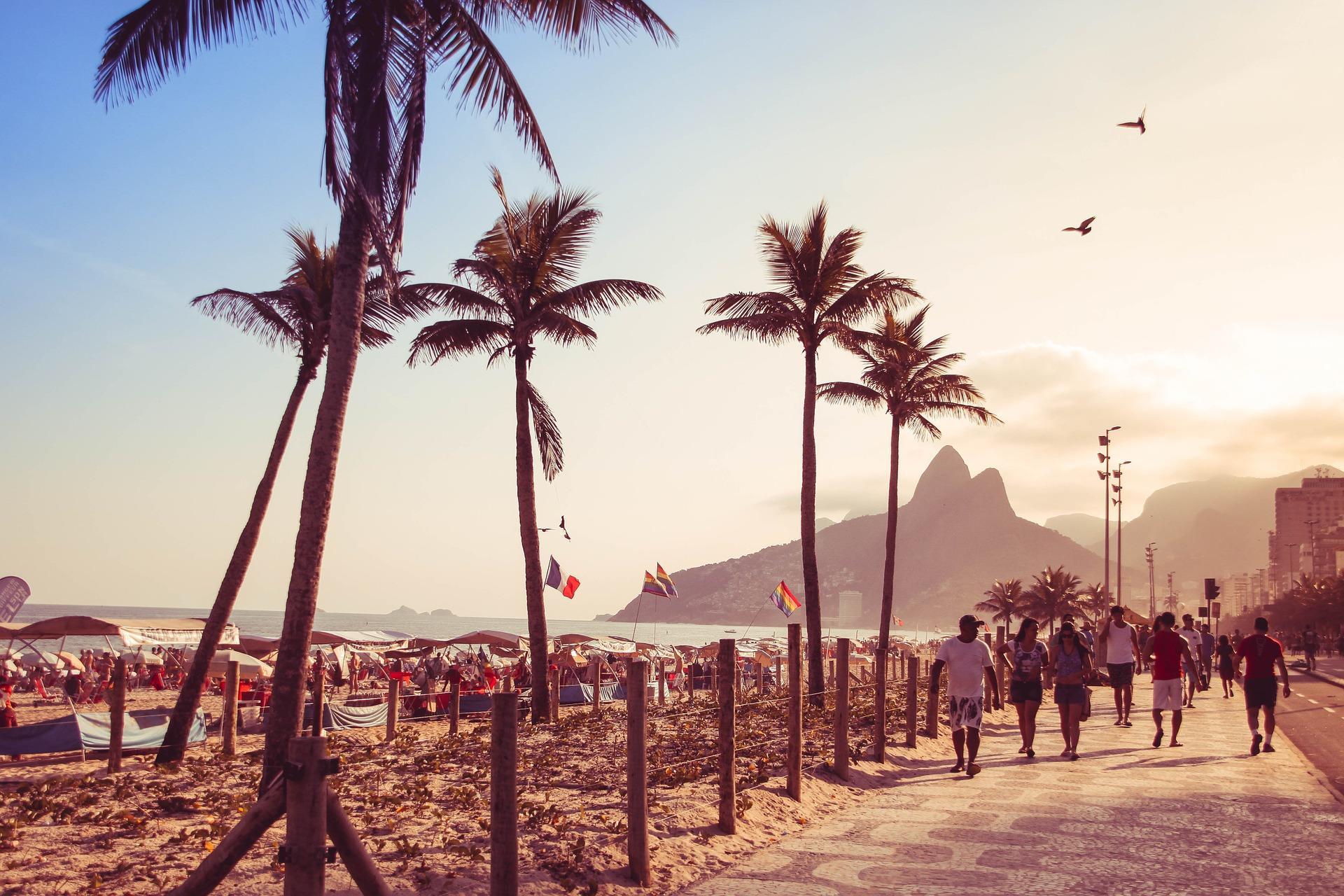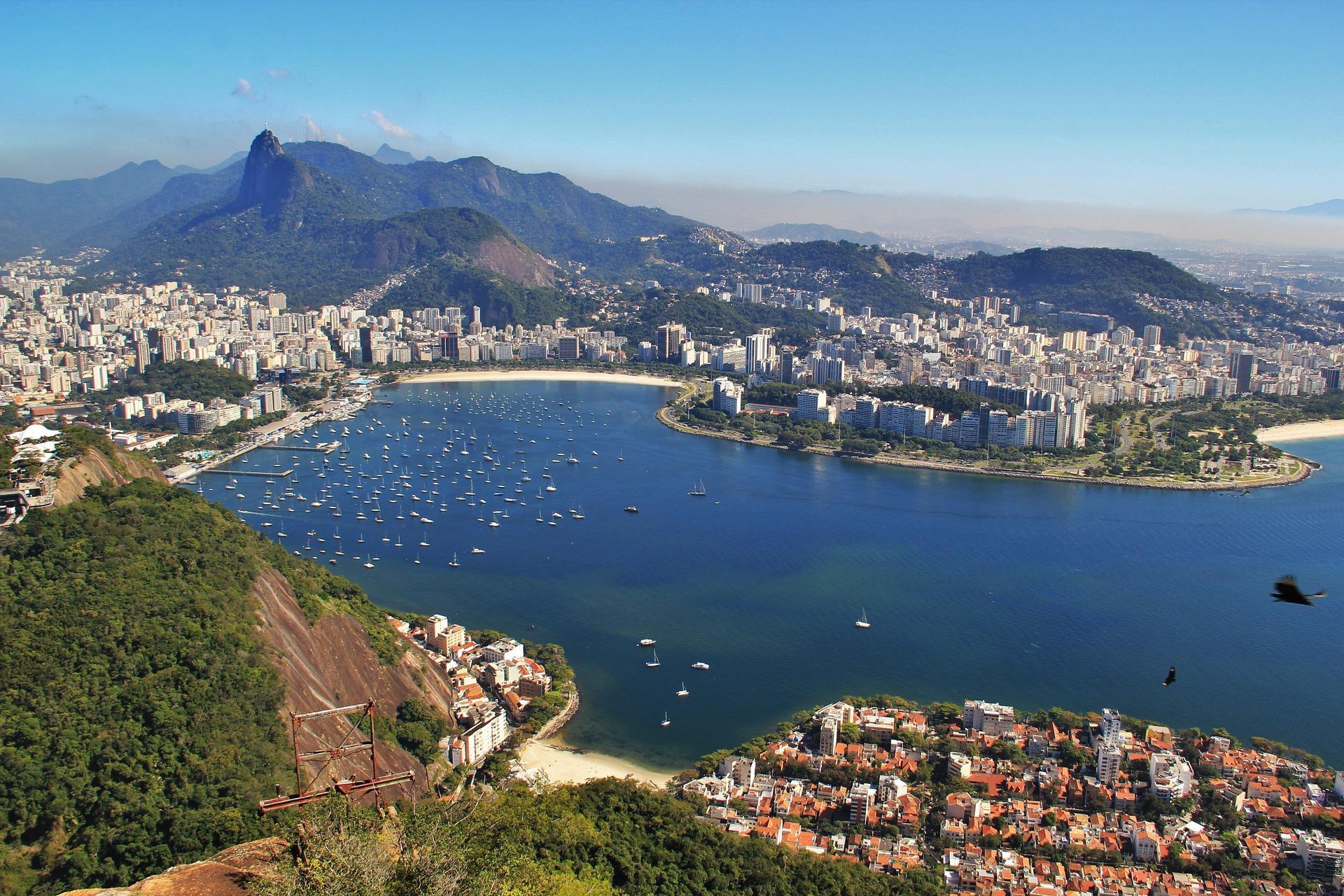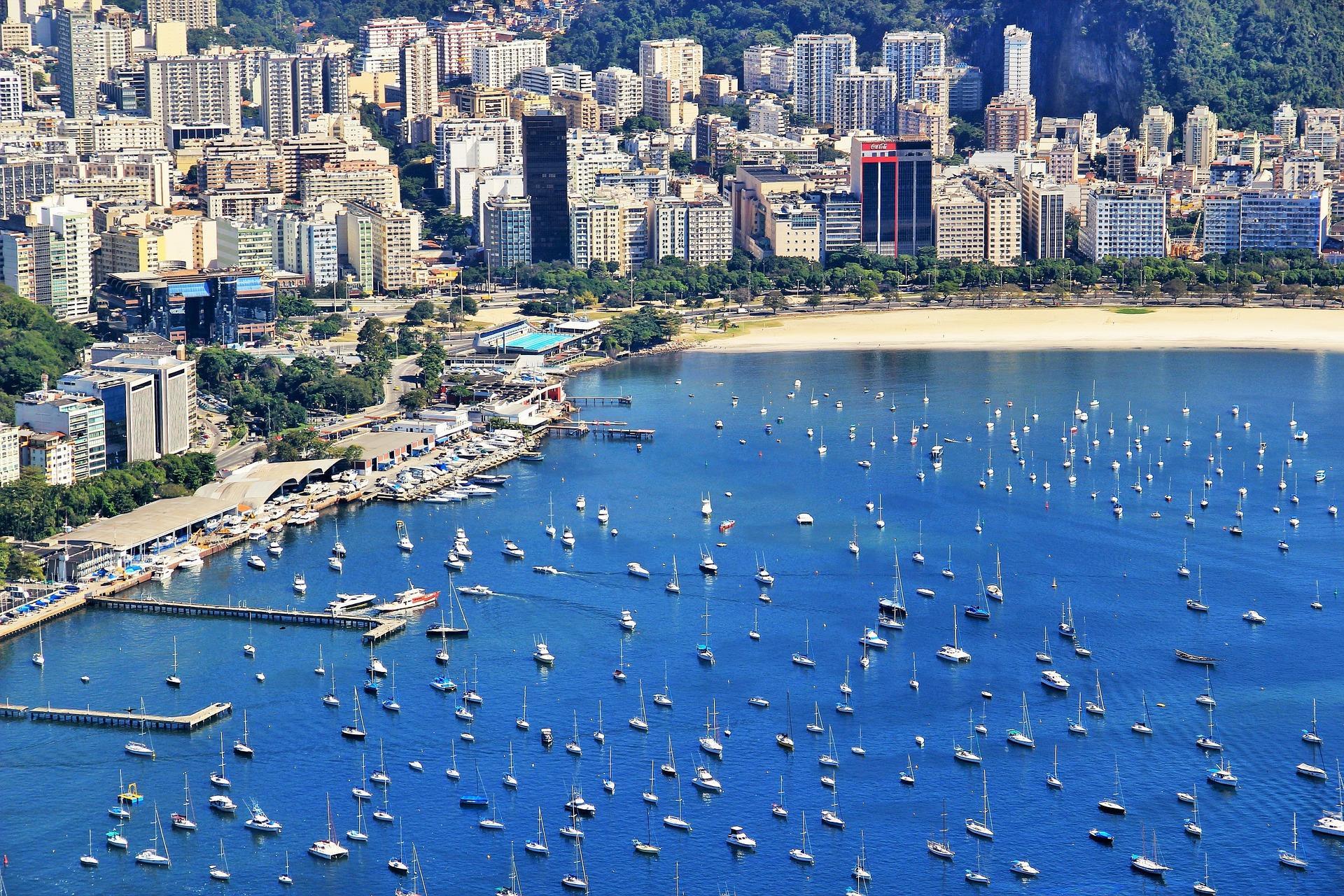“Brazil is not what you see but what you feel. Once you spend time here - a week, two weeks - you get in the vibe. It's really intoxicating.” - Francisco Costa
The cost of living in Brazil is around 50% lower than in the UK. Of course, this will depend on what you buy and how you live. While Rio is generally cheaper than São Paulo, it’s more expensive than the Brazilian countryside and other destinations that aren’t as popular as the Copacabana and Ipanema beaches, Sugarloaf Mountain, Corcovado, or the historic centre of Rio. For a couple travelling on a moderate budget, you’ll probably spend around £80 per day. Of course, this is an average budget and some tourists can spend as little as £45 per day and others closer to £150. Let’s have a closer look at how much it costs to travel to Brazil and visit Rio de Janeiro.

The Cost of Flying to Rio de Janeiro
The biggest expense will probably be the cost of flights to Rio de Janeiro. To get to South America from the UK, you’ll probably be looking at around £700 for return flights. These prices can skyrocket during busy periods such as during the Rio Carnival. During the 2016 Olympic Games, the cost of flights was even crazier! 
What Are the Different Areas of Rio You Can Stay In?
Even though Rio costs less than the UK, the Real (the local currency), has been subject to inflation in recent years. After flights, accommodation will be your second biggest expense. 
- A night in a dormitory in a hostel can cost between £8 and £15 depending on where it is. The most expensive neighbourhoods include Ipanema, Copacabana, and Leblon.
- The cost of the hotels will depend on their quality. A 1-start hotel can cost as little as £30 a night whereas a 5-star hotel can have rooms upwards of £150 per night.
- Airbnbs can cost between £25 and £65 a night in the Central Zone and South Zone (Santa Teresa, Botafogo, Ipanema, Leblon, Copacabana).
Here are two places worth checking out:
- The Bike House in Ipanema: Around £30 for a double room with a lovely host.
- Che Lagarto in Ipanema/Leblon: Around £10 a night in a dormitory with a free caipirinha every night between 19:00 and 19:30.
Find out more about the different parts of Rio.

The Cost of Food in Rio
You can eat for around £10 per day in Rio de Janeiro. Food isn’t massively expensive but you’ll need to go to the right restaurants. You should also consider trying the juice bars because, in addition to fresh fruit juice, there’s also breakfast like açai berry purée. You can also try a lot of fruits you may never have had before such as cajá, graviola, cupuaçu, mangaba, etc. To save money on food in Rio, you can also opt for street food. Try the bolinhos de aipim, baked manioc balls with cheese or chicken, etc. Everything’s battered and fried. Delicious! Another great way to eat on a budget is to head to restaurants where they charge by the kilo. That’s right, you pay according to weight (of the food!). There are plenty of different dishes to enjoy. The price per kilo is shown when you go into the restaurant. Drinks and desserts aren’t usually included. The restaurant Apo & Apim is particularly recommended. If you want to head to a restaurant that’s a little bit more expensive, the Marius Degustare offers a sweet and savoury buffer for 150 Reals (around £32) with seafood, Brazilian specialities like moqueca (Amazonian fish stew), vatapa, cheese, and desserts. To help you better understand the Brazilians, why not get Portuguese lessons?
The Cost of Tourist Attractions in Rio de Janeiro
When it comes to tourist attractions, the cost will depend on what you want to do. The must-see attractions aren’t very expensive. 
- Corcovado and Chris the Redeemer: 68 reals (around £15) in the high season if you take the train. You can climb it yourself (but it’s not recommended due to safety) and the entry fee is 22 reals (around £5) anyway.
- Sugarloaf Mountain: you can take the cable car up to the top of the mountain for an incredible view. This will cost 62 reals for a return trip (around £14).
- You can get ready for Carnaval at the Escola de Samba Acadêmicos do Salgueiro. You can get a guided tour and even attend the rehearsals of samba artists (they start preparing ages in advance). It’ll cost around £40 for the experience.
- The botanical garden: for 15 reals (under £4), you can enjoy the fresh air and many different species of plants.
- Ilha Grande: To get to this little slice of paradise, you need to get the ferry for an hour and a half for 14 reals (£3). You can relax in the turquoise waters and enjoy the beautiful beaches on the largest island in Angra dos Reis.
- Free walking tours: You can enjoy a tour lasting between 2 and 2 and a half hours and discover Rio with a local guide. You have the choice of several different tours and ways to learn about Rio. At the end of the tour, you can give your guide a tip.
Discover the best time to visit Rio.
Budgeting for Transport in Rio
Getting around Rio via public transport isn’t easy. The bus network is complicated and not very practical, there’s no timetable anywhere to be found, and you pay the driver when you get on. Find Portuguese course on Superprof. 
















